Question: How does the work of Michael Marten and Gustave le Gray explore the sea and how it changes?
opening quote: (micheal marten sea change text) ‘His beautiful and surprising photographs reveal how the twice daily rhythm of ebb and flood can dramatically transform the landscape’
Introduction: The area of my study is looking at romanticism and coastal photography. I chose to study these two photographers because they make similar work, but in different time periods. This can show a contrast between the two artists while still focusing on the same subject. I will be responding to the question by using a comparative approach, and going into detail about how they took their photos. Also another intention of my study is to compare the photographers work to my own, and use examples of my own work next to theirs. This area of photography interests me because we live on an island and are surrounded by the sea. Also, Jersey has a tidal range of almost 12m, the third largest tidal range in the world. Because of this, the size difference of the island when the tide is in and out is huge. This tidal range is what I aim to show in my own photos. This project links to some of my previous studies as well, for example when I was photographing rock types, a lot of it was on the coast. On photoshop, I plan to experiment on photoshop to make the photos look as similar as possible, the only difference being the tide and the time the photo was taken. In Lightroom, I will experiment with changing the exposure and other settings only on part of the photo, for example the sky. I will also experiment with black and white images which I will be able to compare with the work of Gustave le Gray.
Pg 1 plan: Historical context: describe how coastal sceneries in landscape panting with reference to J.M. W Turner and his links with Romanticism (possibly discuss theory of the sublime)
Paragraph 1: The romanticism era lasted throughout the 19th century and it favoured depicting emotions such as trepidation, horror and nature. Many artists such as Joseph Mallord William Turner found they could express these emotions by painting coastal landscapes. His 1805 painting, ‘The Shipwreck’, was one of the most famous seascape works of the romanticism era. Disasters at sea were a recurring theme of this movement, and in this painting Turner clearly shows this.

The painting depicts the scene of ships in distress, with the white colours of the waves showing the rough conditions. The sky also shows emotion, with dark shades of grey contrasting the colours of the sea. You can see people on the ships, which could maybe be lifeboats from a bigger ship, but he did not state this. This leaves a lot to the imagination and adds a sense of mystery to the painting. Turner shows the dramatic trauma of a shipwreck well, using darker colours which were popular in his early work. These dark colours contrast with the white tops of the waves and the grey sky. One more romanticist painting he made was called ‘Three Seascapes’. This painting was more abstract and used an interesting technique which was showing 3 seascapes in one painting.
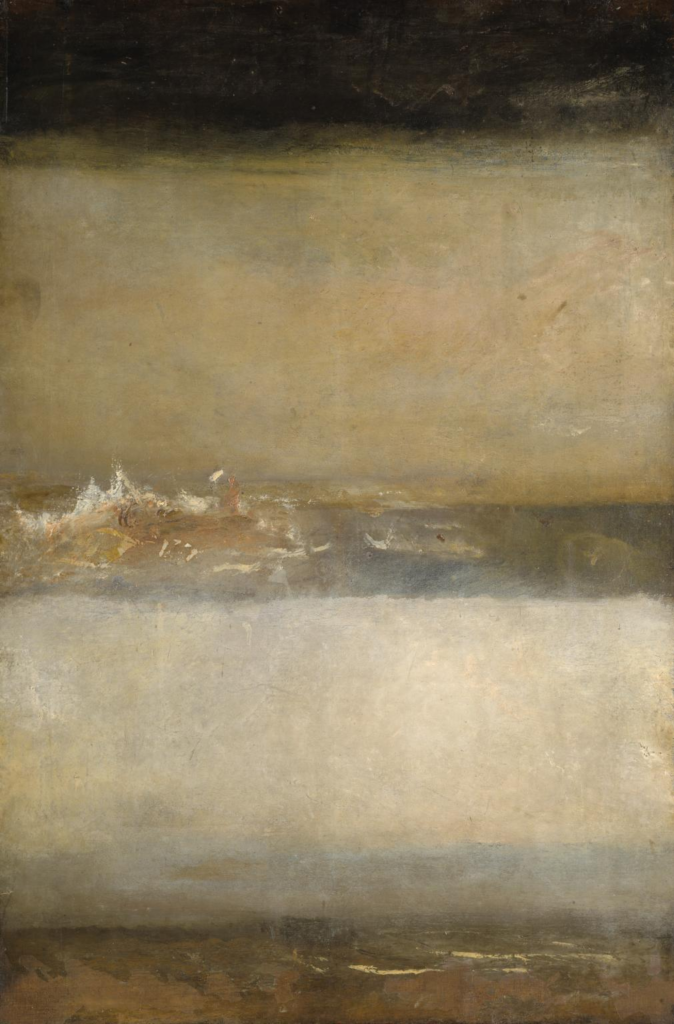
The painting was made to show 3 seascapes by flipping the top one around, so the sky serves for 2 of the sea parts if the canvas is flipped. Once again he contrasts the darker colours of the sea with the white crests of the waves. At the top, there is a much darker sea with no white crests. Turner might have made the third upside down seascape on top very different to the others because it stands out to the viewer when the canvas is flipped:
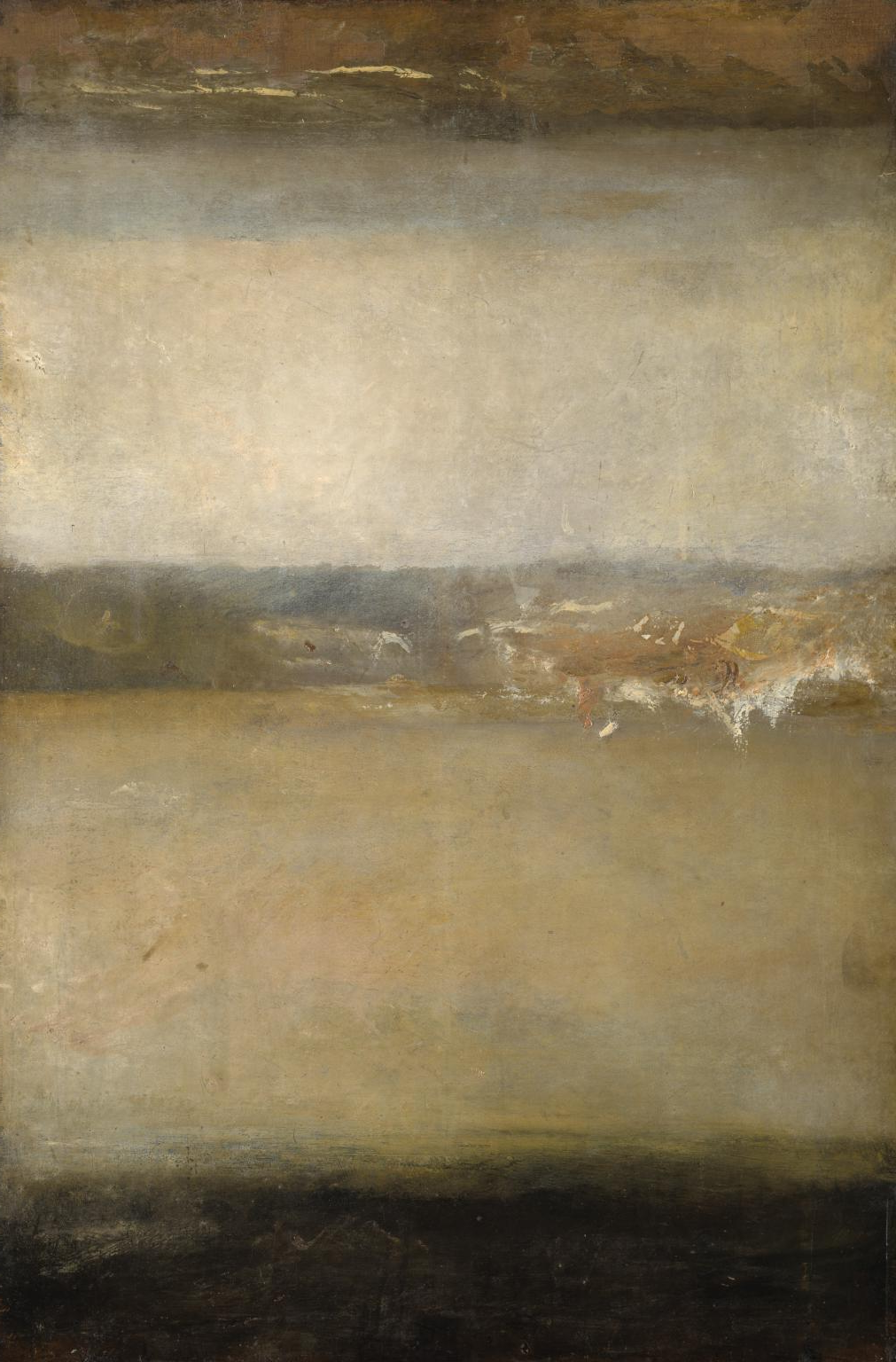
The black colours show the darkness of the sea, and creates a dramatic contrast between the sea and the sky.
paragraph 2: Coastal photography has been a popular genre ever since the first cameras were made. Gustave le Gray was a pioneer of this genre from the start. His photographic technique was called combination printing. Because of the limitations at the time, it was hard to capture the sea and the sky at the same time in one image. Le Gray countered this by putting together two negatives, one of the sea and one of the sky. This allowed him to create a tonal balance of the sea and the sky in the final print. He took his most dramatic seascape using this technique in 1857, called ‘the great wave’, on the Mediterranean coast near Montpellier.
NB:make sure you describe Le Gray’s photographic technique combination printing as precursor to exposure bracketing and HDR photography

This photo shows the aggression of the waves against the rocks and the pier in the distance, while also showing the horizon and how it contrasts the textures of the sea. The clouds are cut off at the horizon where they meet the sea, which indicates the join between the two negatives. Gustave aimed to combine images to show how the human eye sees nature, not through a camera. This is something I aimed for in my project. This area of photography links to the art movement called romanticism. Romanticism aims to show the accurate depiction of lifeforms, landscapes and perspective of colour and light. It also aims to steer away from artificiality. This movement links to my work as well because in my project I aimed to show natural images of the sea and the sky in the same spot 6 hours apart, with little artificiality.
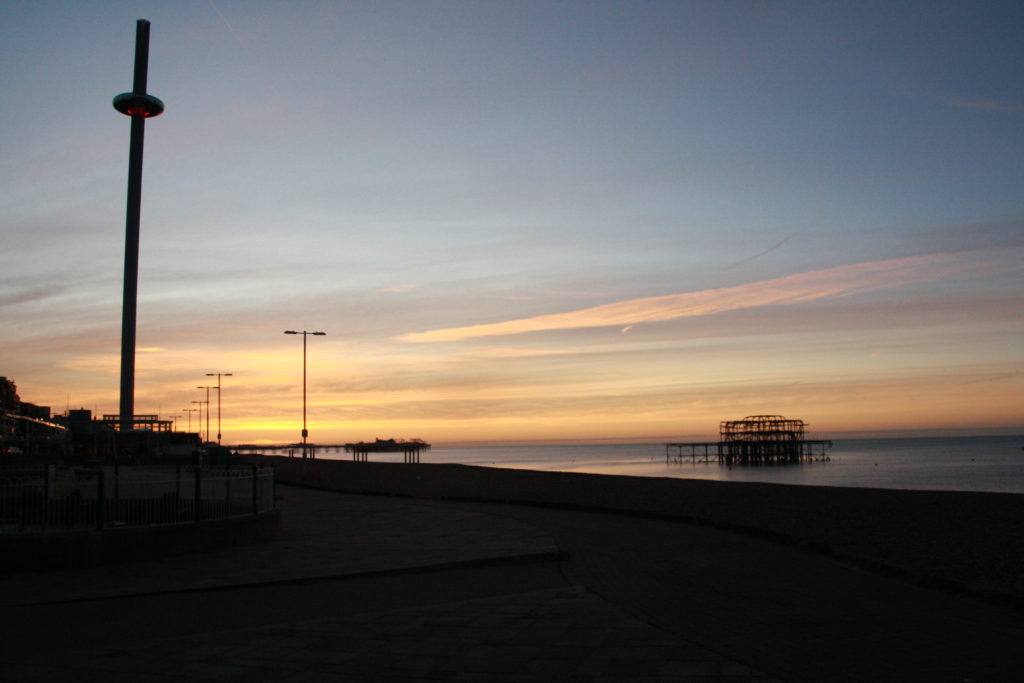
I took this photo in Brighton as the sun was rising. The photography culture in this city is mainly focused on the sea, and it has been one of the best places to take coastal photos in the UK ever since the genre became popular. My photo is similar to Gustave le Gray’s as it shows the contrast between the sea and the sky and clouds, while also showing the horizon and a pier in the distance. An indication of modernism in my photo compared to Gustave’s, is the vertical pier called the i360 on the left. This shows the 166 year contrast between the photos clearly. In this photo I also tried to show a contrast between the old and abandoned pier on the left which burnt down in 2003, the second pier in the distance which was built in 1899 and is still open, and the vertical i360 on the left which was built in 2016. I captured all 3 in one photo because I wanted to show history and modernism in one photo, whilst also getting the sea and the sky.
Paragraph 3: Michael Marten’s project ‘sea change’ was made to show the contrast between the tide when it was in and out in different areas around England. He would take 2 photos from the exact same spot at low tide and high tide. This inspired me to create my own version in Jersey, as the tidal range here is 12m, the third largest tidal range in the world. In England it’s only 2-5m.
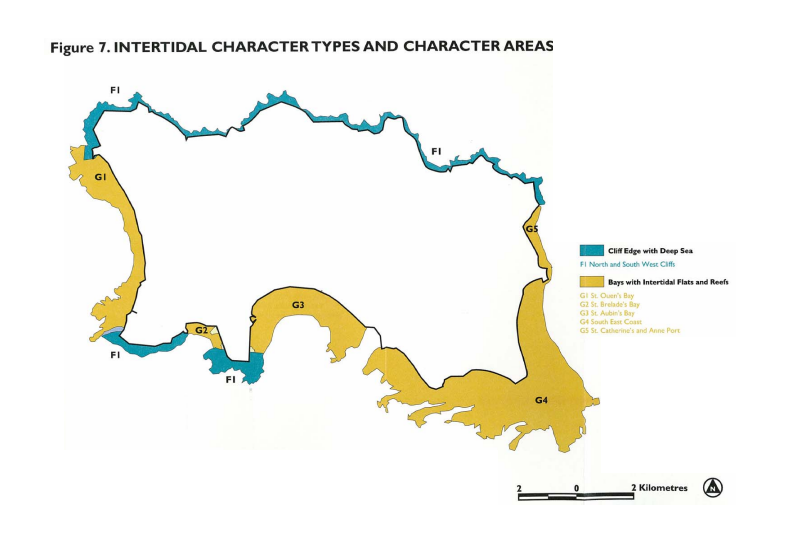
This is a map of Jersey’s tidal range, with the blue parts showing cliff edges with deep sea and the yellow showing bays with intertidal flats and reefs. For my project, I focused on the bottom right yellow area of Jersey as this area has the biggest tidal range. I took photos at La Rocque and Green Island, but most of my photos were in the La Rocque area as there is a pier and views of the next bays over on the left.
An example of Michael Marten’s sea change work:

Some examples of my work at La Rocque:
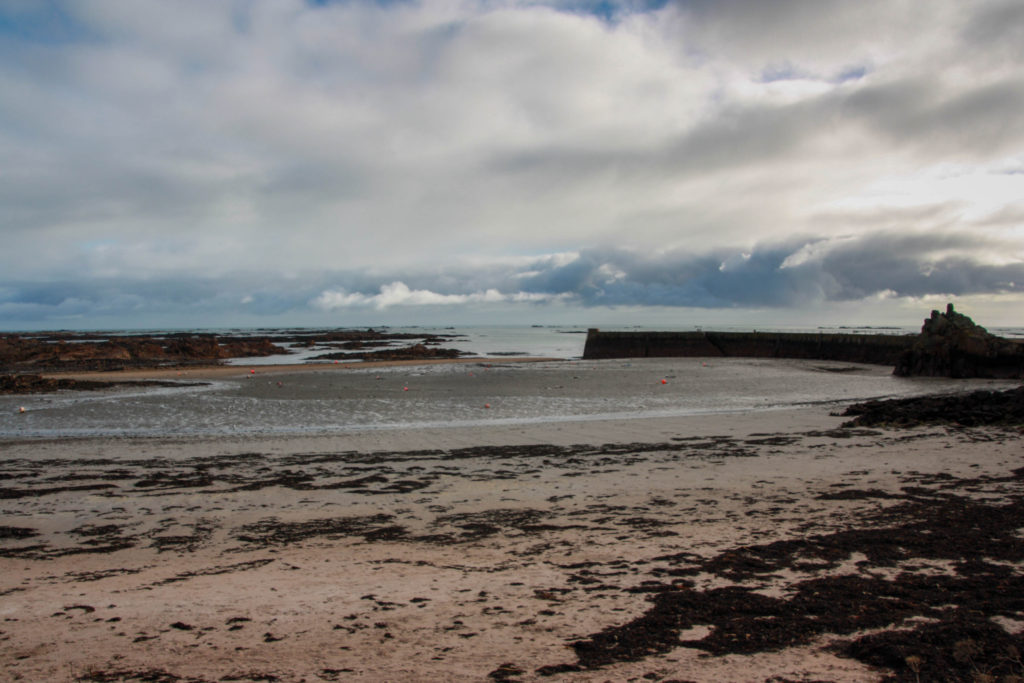
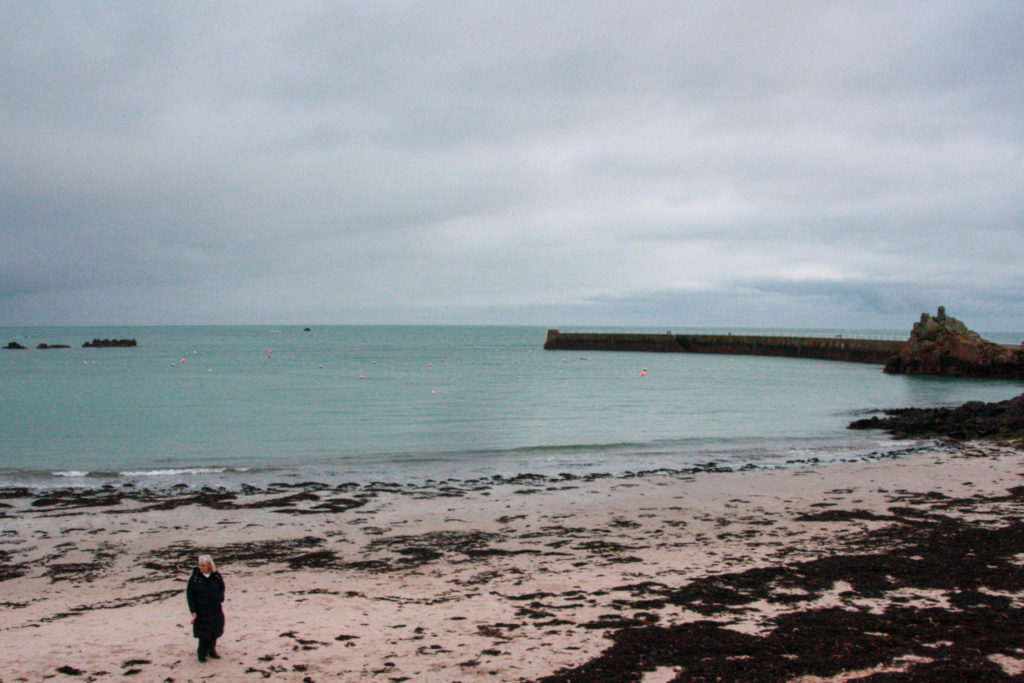
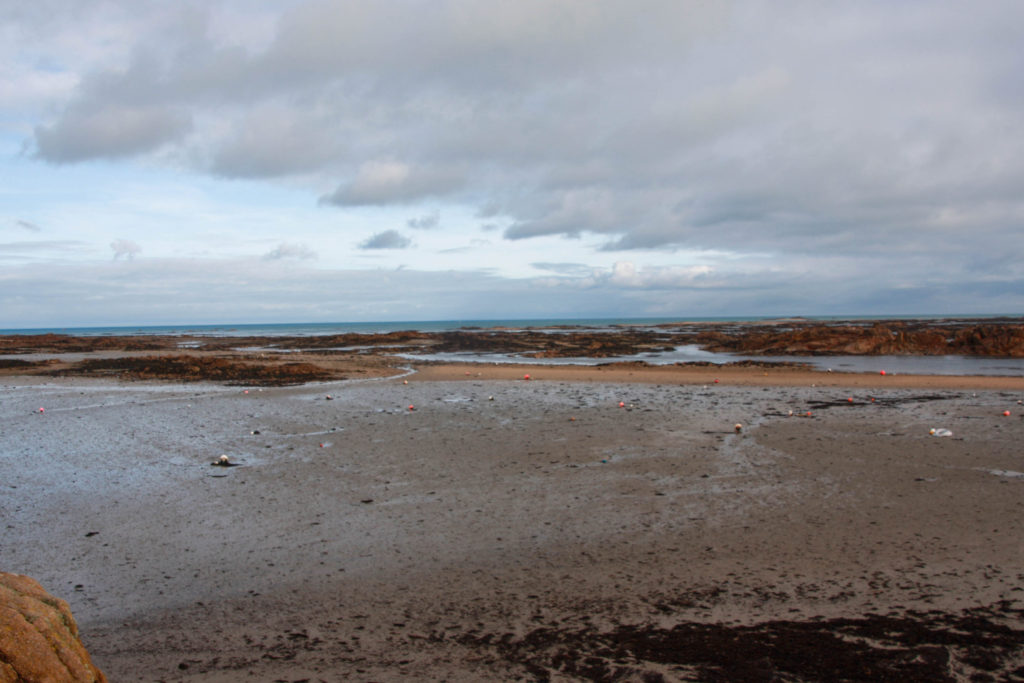
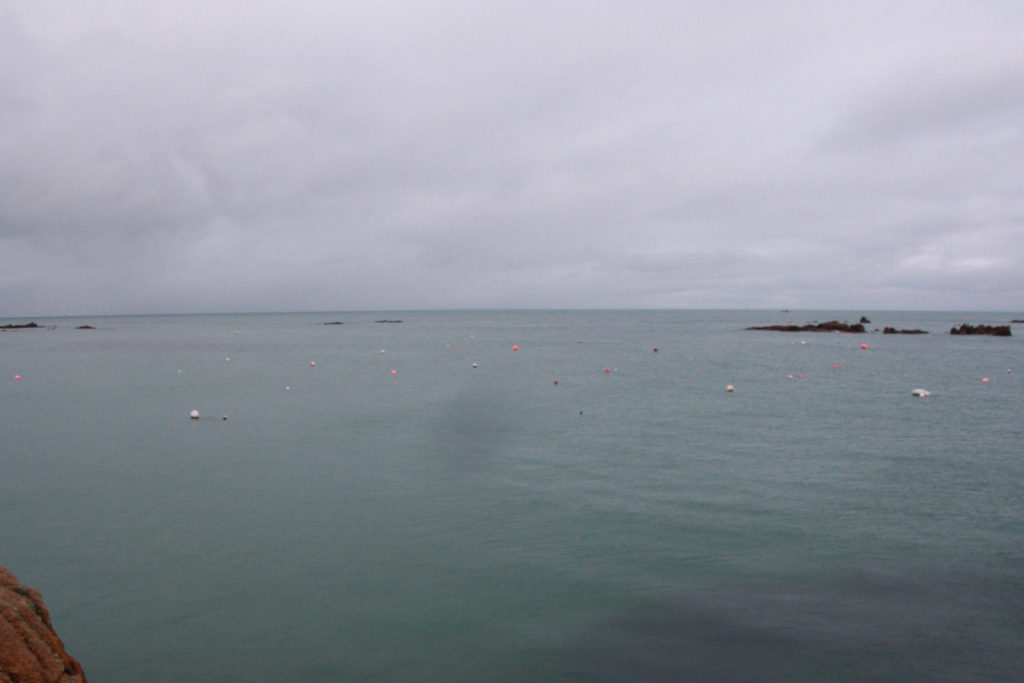
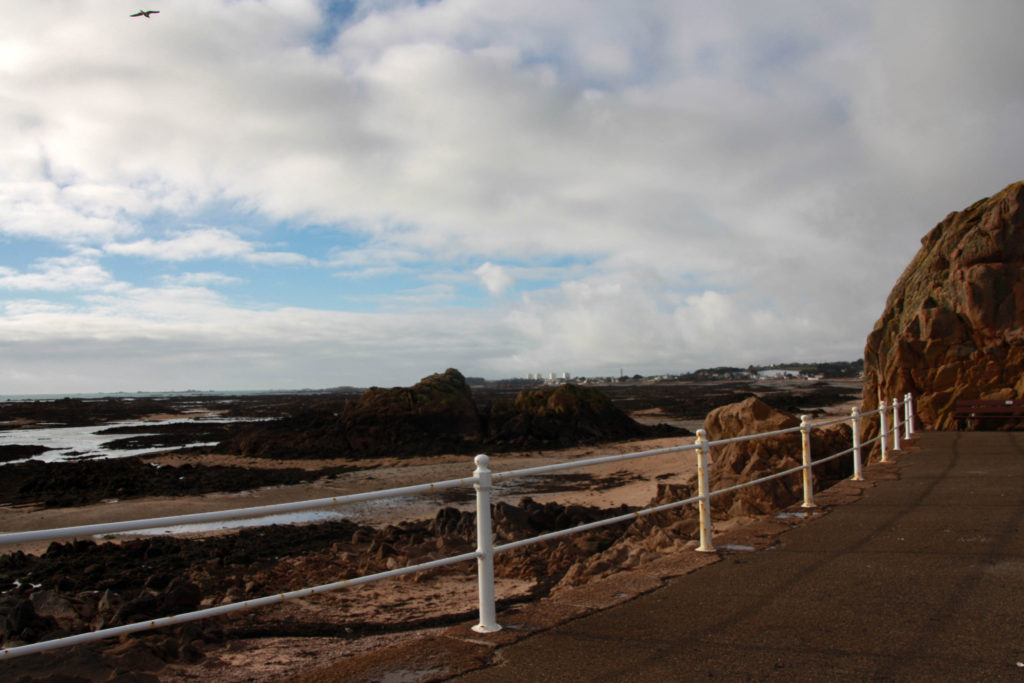
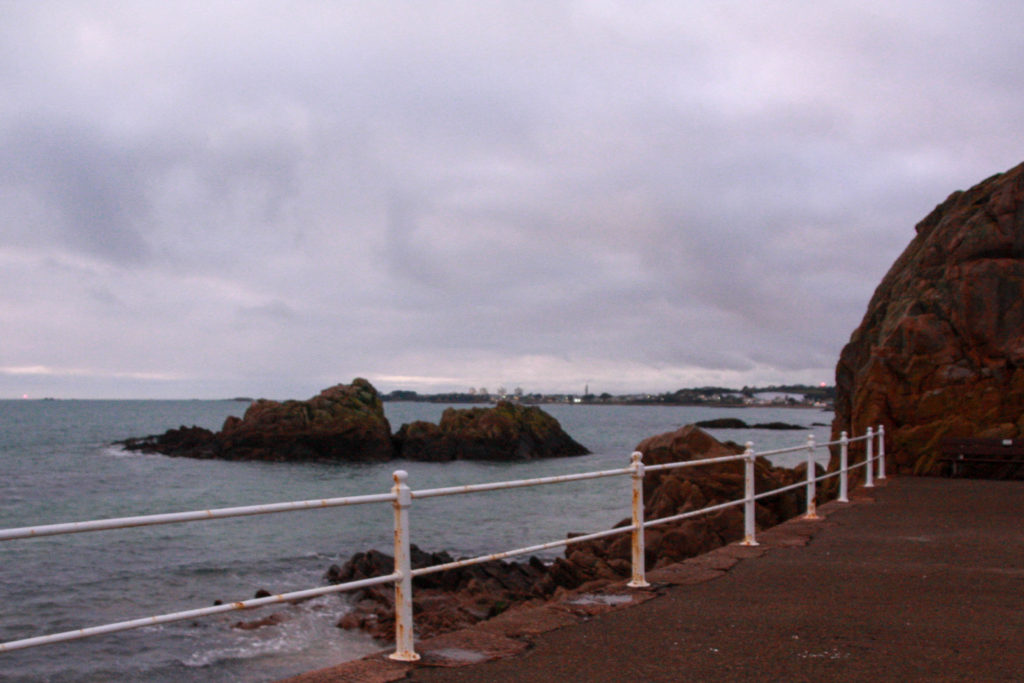
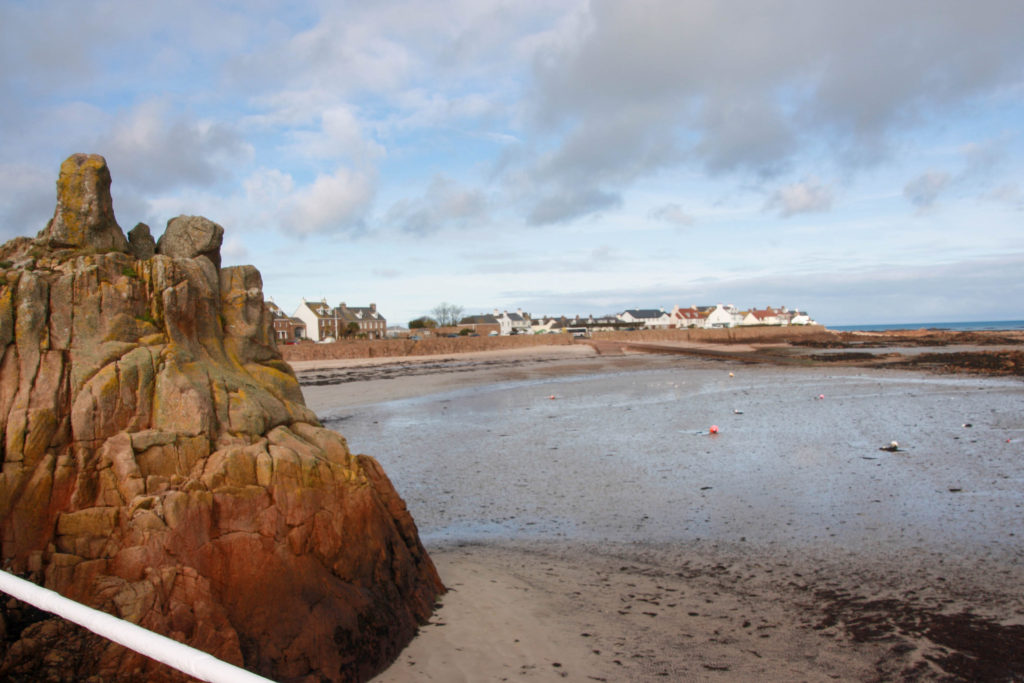
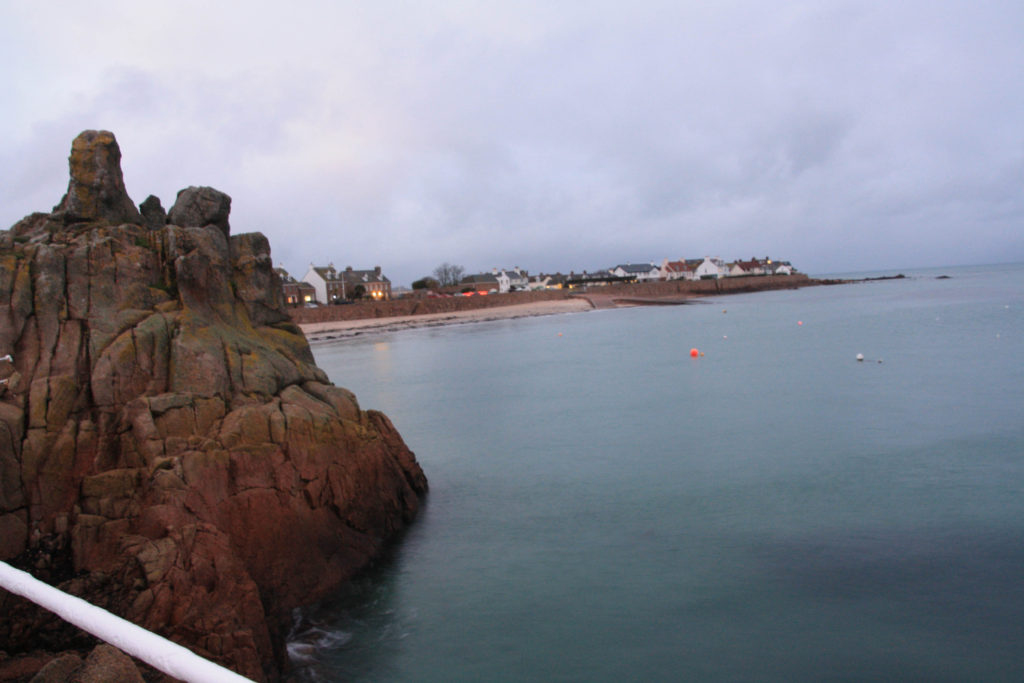
I took my photos by placing down three pieces of tape at low tide where I chose to position my tripod, and returning 6 hours later at high tide to take a photo in the same spot. By putting the two photos next to each over it shows the viewer how a coastal landscape can change in a matter of hours. This is a quote taken from the text of Michael Marten’s ‘Sea Change’ photobook:
‘One aspect of what makes these photographs so compelling is the fascination of comparing each pair of pictures, spotting what has or hasn’t changed. The contrasting views play with our sense of depth and perspective, and show how subjective is our perception of landscape. The result is a substantial document capturing the variety of the British coastline, a portrait of the maritime landscape that makes visible in a dramatic new way the ebb and flow of tidal waters.’
This is exactly what I aimed for when taking my photos. The fact that Jersey’s tidal range is so big made me think how the same idea could be replicated here to show the uniqueness of the island I live on.
In conclusion, I think Gustave le Gray, Michael Marten and Joseph Mallord William Turner all show romanticism, seascapes and how the sea changes well in their own unique ways. Gustave le Gray invented a technique which was very innovative in the history of seascapes. His work paved the path for the photographers of the next generation to carry on taking photos of the sea. Michael Marten used his unique idea of photographing tidal changes to create a photobook which inspired me to make my own.
However, all three systems are reliant on an element of construction and re-construction. Photographs can be reliable, but can also be manipulated to tell another version of “the truth”. The Romanticists were interested in capturing elements of the The Sublime and dramatizing events and conditions. But Michael Marten is different. He has incorporated aspects of British culture into his documentary of our coastline, as there is a national fascination with both the weather and the tides. As an island nation, and Jersey being a small inter-connected island we are familiar with these kinds of viewpoints and feel a sensitivity towards seascapes and the communities that rely on the seas too.
‘From holiday beaches to industrial estuaries, the photographs record two moments in time, two states of nature.’
